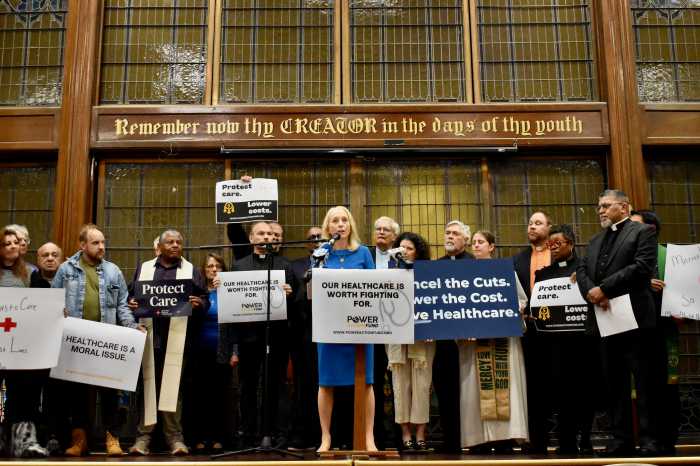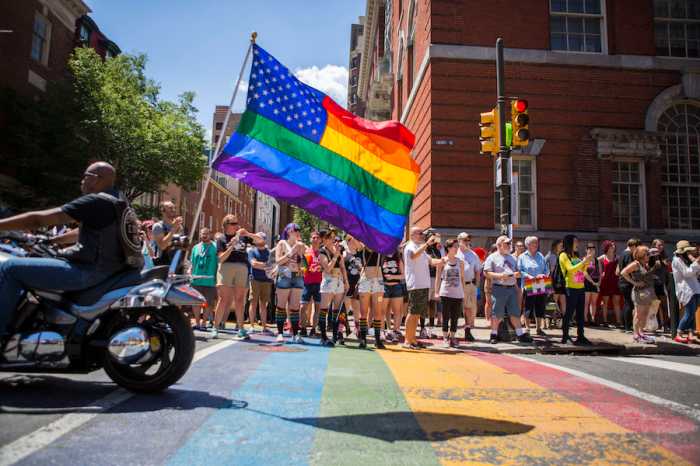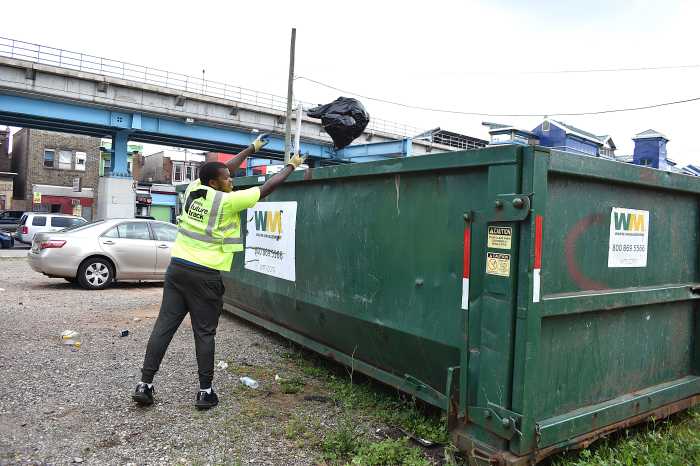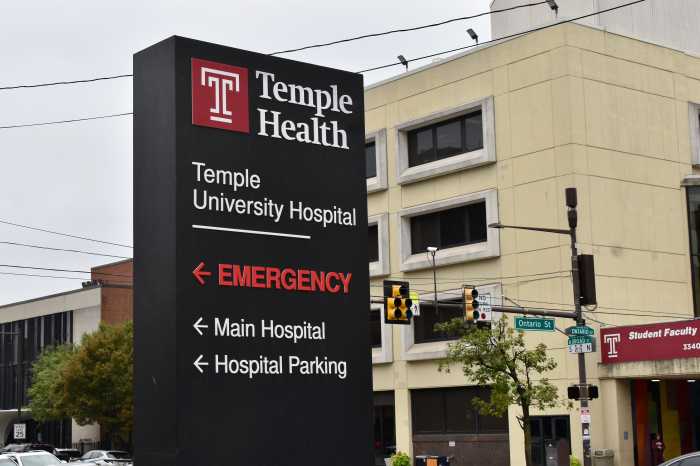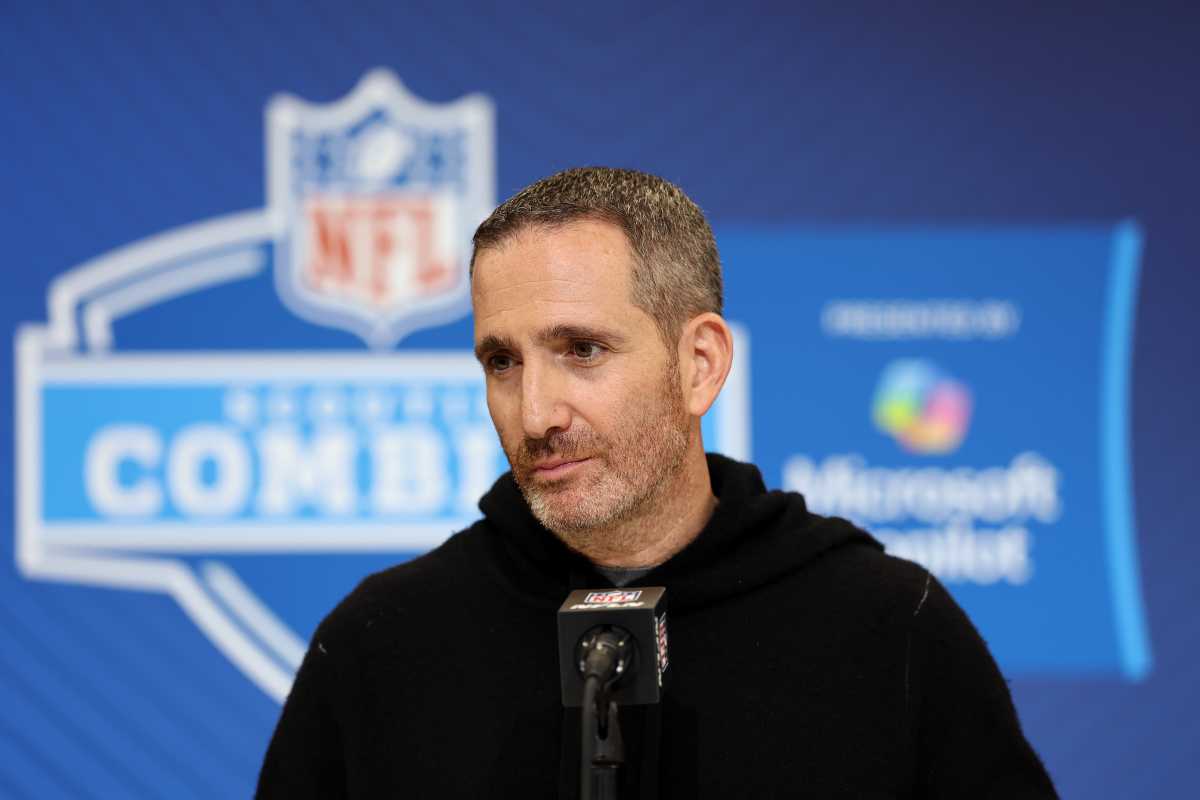Philadelphia relies far less on real estate taxes for revenue than most comparable regions, and the structure is causing the city to hemorrhage jobs from the office industry, its second-largest employment sector, the Center City District President Paul Levy said Thursday during the release of the annual State of Center City report.
“It’s not that we lack office demand, it’s that our tax structure deflects it to the suburbs,” Levy said, citing an over-reliance on wage taxes and the Business Privilege Tax to compensate for the paltry property tax revenue.
Philadelphia makes 19 percent of its revenue from real estate taxes, compared with upwards of 50 percent in other large cities like New York.
Levy said that Philadelphia’s outdated tax structure, which focuses on gleaning revenue from salaries and profits, was ideally designed for the locomotive and textile manufacturing industries that used to dominate when the city was an industrial center.
Instead, he suggested lowering the wage tax, eliminating the Business Privilege Taxes and increasing property taxes – especially for the office sector, whose real estate taxes are among the lowest in the country. “There are two big problems: We under-rely on real estate taxes in the city and, within the property tax, we over-rely on taxing residents.”
“The big change we need is not lowering taxes, but changing what we tax,” he said, adding that instead of taxing the most mobile industries – like the office sector, whose workers can telecommute from nearly anywhere – industries who have no option but to operate in Philadelphia, like tourism and hospitality, should pay. “If it can move and you tax it, it will move,” he said. “But you can’t be next to the Liberty Bell in Bala Cynwyd.”
Levy also advocated for a shift to the Actual Value Initiative of property tax assessment. “AVI will allow us to have a more stable property tax base and rely on it more,” he said. “You can’t implement this whole plan without those changes.”
Tracking traffic
The Center City District last August began using a new tool to measure pedestrian trends in 14 locations. Digital non-recording cameras were mounted on poles to track the volume of traffic by time, day of the week and season.
“It’s an objective indicator that we’ve become a 24-hour downtown,” Levy said. Of the locations monitored, the average daily pedestrian traffic was highest on the 1700 block of Walnut Street, which averages over 21,000 pedestrians a day.
Other findings of the report:
>> Over the past 20 years, Center City has changed from a 9 to 5 business district to include more retail, residential and nightlife properties. The diversification is a blessing and a curse, as many business jobs provided by office buildings that have since converted into retail or residential properties have not been replaced.
>> Center City is third in the country in terms of the largest concentration of jobs in a downtown area – it’s home to 39.6 percent of the city’s private-sector jobs, 50 percent when combined with University City. But comparable places like New York and Chicago have far more jobs outside of their city centers than Philadelphia does.
>> Education and health care are still two huge economic drivers –
“eds and meds” added jobs nearly every month during the recession.
>> There has been a 95 percent increase in hotel rooms since 1990,
but 700-800 more rooms are still needed to maximize profits.
>> Philadelphia is second only to New York City in its concentration of arts and culture downtown.
>> Center City is no longer defined strictly in terms of geography, but also a “live-work relationship.” The CCD began last year analyzing what they call the “greater Center City area,” which stretches from Girard Avenue to Tasker Street. 40 percent of residents in that area work in Center City.
>> 74 percent of Center City residents walk or take public transit to work.
>> Center City has a huge population of young people, with twice the national average of 25 to 34 year-olds and 33,000 students. Another 84-85,000 students live in immediately adjacent areas.
>> Center City residents are far more likely to have a degree – 66 percent are college graduates, compared to 22 percent of residents citywide.
>> Center City’s weaknesses have morphed into strengths. “Everything that made us obsolete in the 1950s makes us sustainable today – density, walkability and compactness,” Levy said. Its density provides career opportunities, supports retail sales, reduces commuter costs and increases its accessibility via transit.



